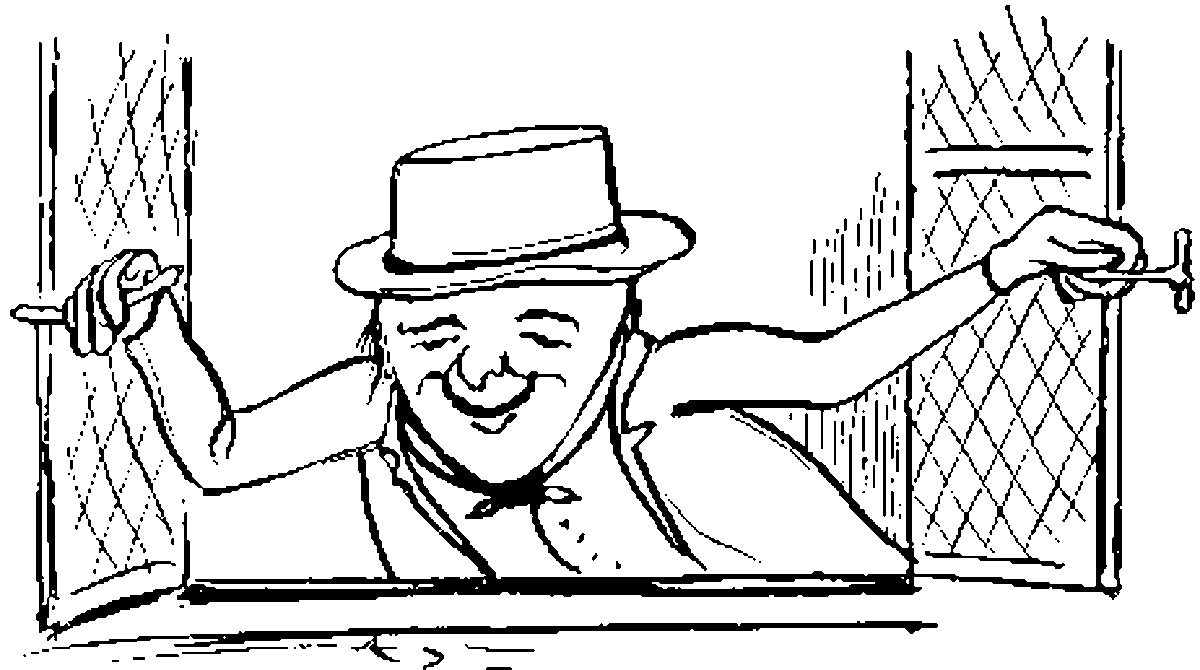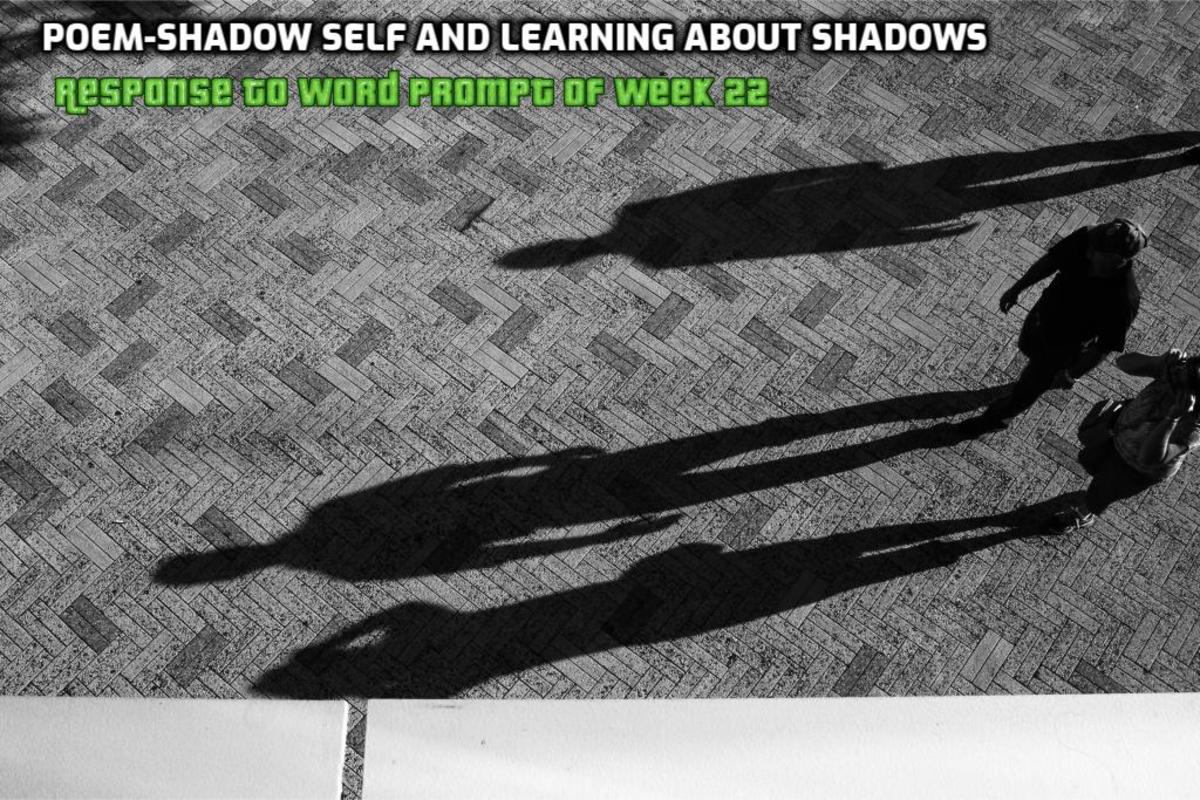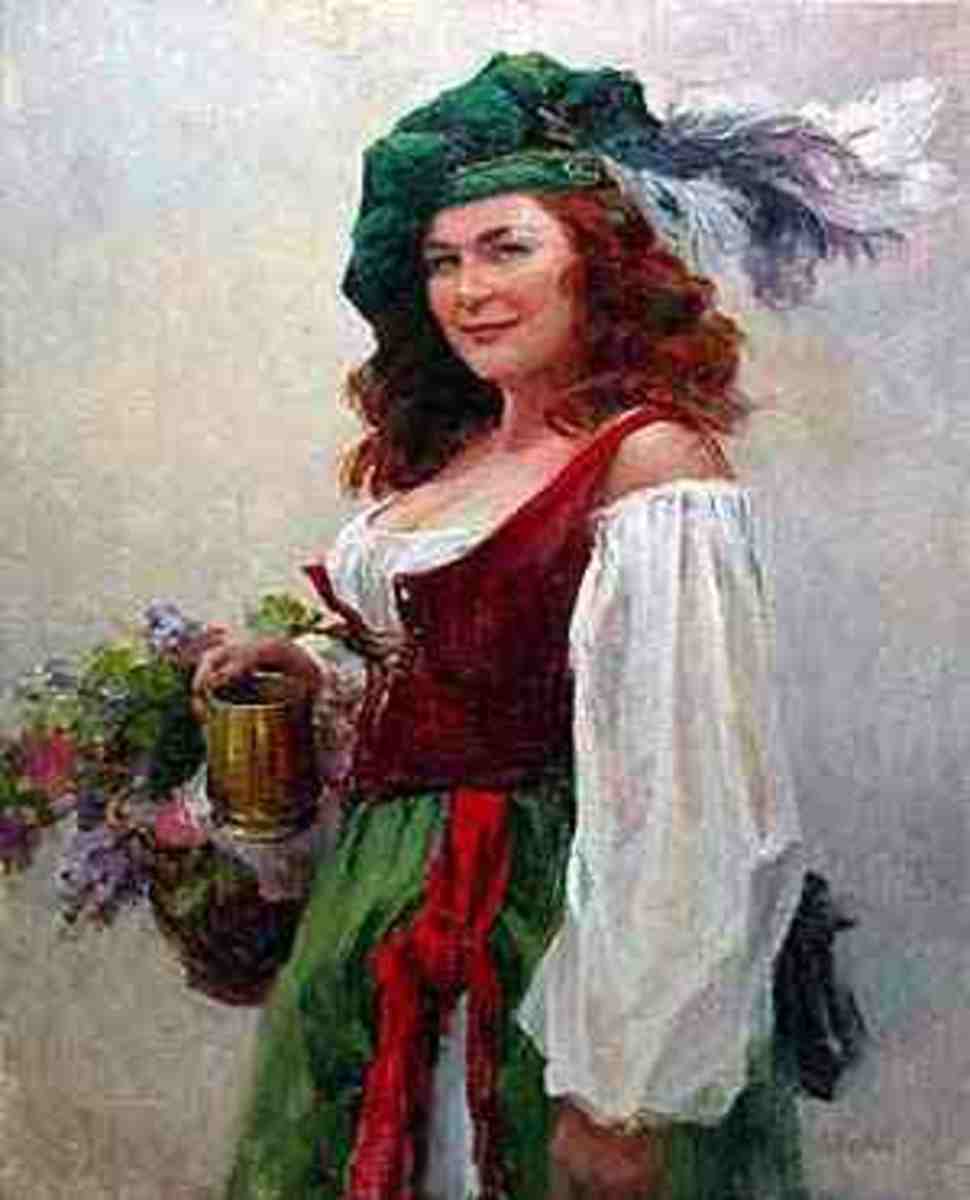Types of Poems - Light Verse Poem
Obvious and glib lines don’t necessarily cut it in the eyes of most determined poets, but certainly light verse has its place in poetry. Furthermore, truth be told, light verse actually demands more technical skill simply because while rhyme has its role in light verse, it can and does interfere with the end result of this variety of poetry form. The charm of light verse in itself justifies taking a closer look at this popular form of versification. Above all, light verse is a very freeing type of poetry for the writer and deserves its place in poem forms. Among its many forms are the:
- Acrostics
- Limericks
- Little Willies
- Macaronic verse
- Mosaic
- Nonsense verse
- Parody
- Puns
- Shaped whimsies
- Typographical Oddies
- Vers de société
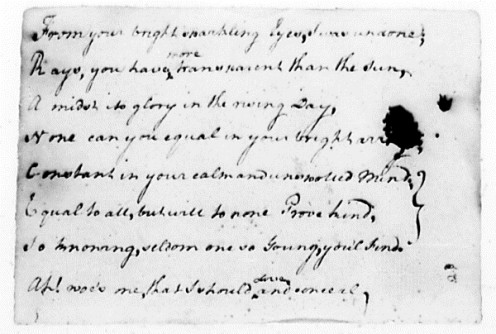
Acrostic Verse
Acrostic verses have beginning letters of the lines, of the closing letters, or letters attained by some other scheme, name a person, or communicate a special message. Normally, in modern acrostic verses the words expressed by the acrostic are discovered by reading downward the first or italicized letters of each line.
I was first introduced to Acrostic verse in school when one teacher wanted to impress and inspire young minds by taking us to a museum exhibit where George Washington’s teen-aged diary was on display. This notebook written in 1747 while he was working on a surveying expedition wasn’t complete but was the first example of an acrostic poem that I’d ever seen. The unfinished acrostic was tribute to the charms of a young lady named Frances Alexander, in which Washington only got as far as her first five letters in her last name (Alexander) spelling “Alexa” in terms of his acrostic thought process. Perhaps young love was fickle and there was no need for finishing that particular versification.
Over time acrostic poems became classroom exercises, usually involving children's names. Nice beginning exercise in rhyming but sometimes dull. I find that acrostic verse can be much more exciting if it paints a verbal picture or tells a tale. Such as:
Bubbly coffee brown bathwater churning
A swampland of unkempt reed gases burning
Your cypress knees and duckweed carpets on liquid land
Of no definite directional plan
Unable to decide "Am I land or water?"
Jerilee Wei © 2011
Another fun way to explore acrostic verse is to double the challenge by writing one using the first letter of the first word in each line AND the last letter of the last word in each line. An example is this one I wrote for my oldest granddaughter using her first and last name:
Keep an eye on the prettiest girl I ever kneW
Always wearing a pleasing smilE
Ever so much fun and so cooL
Laurel crown of style and magiC
Aah how she brings us mirtH
Jerilee Wei © 2011
(Note: The line "Laurel crown of style and magic" comes from one of the standard definitions and origin of her first name.).
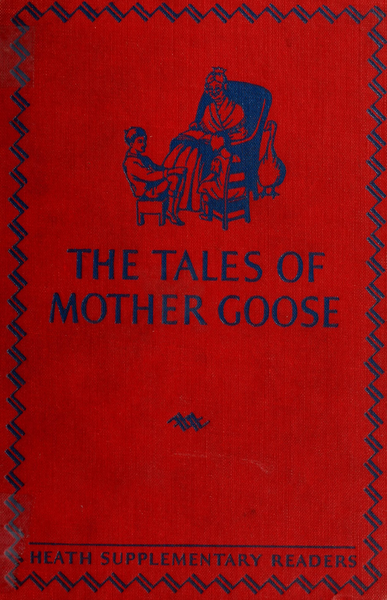
Limerick
The Limerick is the only light verse wholly attributed to the English language, dating clear back to 1719 when it first appeared in Songs for the Nursery (Mother Goose’s Melodies for Children) by Elizabeth Goose. It actually had a number of forms (almost always humorous), typically:
- Five line form with a nonsense line
- First and fifth lines often ending in a geographical name (sometimes identical)
- A new rhyme sound in the fifth line in modern limericks
- The last word (terminal word) in lines three and four must rhyme with each other, but not other, and the last word of lines three and four must rhyme with each other. (And not with lines 1,2 and 3).
Other famous limericks outside of Mother Goose's can be found in:
- More Limericks by Cosmo Monkhouse
- Four Limericks by Carolyn Wells
- A Book Of Nonsense by Edward Lear
- Othello by William Shakespeare
- King Lear by William Shakespeare
Like most of us, my initial exposure to limericks no doubt was in nursery rhymes -- but my first ever consciousness that a poetic form called a "limerick" existed, came about as an eighteen-year-old bride in a honeymoon conversation with my first husband that went something like this:
Unpacking his belongings as we started our new life together I indignantly held up a certain well known gentlemen's magazine I had just plucked from a large stack. I demanded to know, "What's this?
Always glib and one step ahead of me at that point in our marriage, "My reading material."
"Hmmmm. I doubt that."
"I don't look at the pictures, Jeri baby. I read the articles and memorize the Limericks and Little Willies," said the smart aleck one. Indeed, over time I learned my sweetheart, if drunk, was prone to gleefully spouting limericks so to his credit I will grant him the concession that he did read a little of the magazine.
A few weeks later when he was deployed overseas, I embarked on my own limerick and Little Willie investigation via his "collection" and learned a lot about modern limericks. I especially learned first hand that limericks can lean towards the indecent, the dirty, or even obscene -- but no one (including me) can deny they are often very funny.
However, I personally have a hard time writing a humorous one. Here's an attempt at a limerick based on the original Cajun song story line and lyrics in French by Amadie, Ophy, and Cleoma Breaux in 1928. It leaves my poetic soul replete and lacking, which is why I stated at the beginning, "light verse can demand more technical skill." My point being don't dismiss light verse as being too easy and not requiring talent.
Jolie Blonde
There formerly was a famed Cajun blonde
Who made Amadie Breaux cry “of you I am fond”
You left me to go away with another
On the advice of your mother
Other pretty blonds make you the one conned.
Jerilee Wei © 2011
Little Willies Verse
Little Willies verse has had quite a few days in the sun when it comes to revolving popularity. I would compare the difference between a Little Willies verse and a Limerick in one simple rule:
- The last line is a trick and is generally sadistic in content
The quatrain of many of them is quite simple:
- 1, 1, 2, 2
- Meter is a combo of trochees and dactyls
- Meter can be iambs and anapests
A good example can be found in Colonel D. Streamer's (Harry Graham)'s Ruthless Rhymes for Heartless Homes. Among the more popular by him are:
- The Stern Parent
- Necessity
- Tender-Heartedness
Other Light Verse Forms
There are several other fixed forms of light verse worthy of mentioning and studying:
- Macaronic verse is verse where two or more languages are hashed together. It often leans towards the light-hearted or comic, often uses Latin, and more than occasionally bends the rules of grammar. Good examples of macaronic verse can be found in the works of Mantuan Teofilo Folengo and Tifi Odasi.
- Mosaic verse (aka Composite Verse) is where each line is taken from a different poet and melded together.
- Nonsense verses - Often highly humorous or whimsical anything goes types of verse, that can include obscure or made-up words. Nonsense verse includes Whimsical verse of many kinds. Good examples were made famous by the likes of Edward Lear and Lewis Carroll.
- Parody is the mimicking the versifying mannerisms of another or even the poetry of another. Back in the 1800s through the early 1900s, it was very popular for poets to write parody poems based on parts of the English translation of Omar Khayyam's Rubaiyat. Excellent examples of this were (1) The Rubaiyat of Bridge by Carolyn Wells; (2) The Rubaiyat of OHow Dryyam by J.L. Duff; (3) The Rubaiyat of Persian Kittens by Oliver Hereford; (4) The Rubaiyat of Omar Cayenne by Gelett Burgess; and lastly (5) The Rubaiyat of Omar Khayyam, Jr. by Wallace Irwin.
- Puns (aka Paronomasia) - Puns make use different takes on words either by way of homonyms or similar sounding words. Puns lean towards jokes or slightly barbed insults of the jesting kind. Popular early examples can be found in the favorite puns of British poet and humorist Thomas Hood.
- Shaped whimsies (where typography pictures the theme) - You don’t see Shaped whimsies (where typography pictures the theme) as much anymore since computers began to rule the world, but back in the dark ages when most of us were forced to use typewriters these verses were hugely popular. My favorite example is Warfield Creath Richardson’s “Song of the Decanter.”
- Typographical Oddies - There are a number of forms of Typographical Oddies. One of the strangest is where certain lines (in their endings (terminals) of each quatrain) represent the way a person, walks, sober or intoxicated, or in the way they fall down.
- Vers de société (Elegant Light Verse) - This form of light verse was not mainstream for the population of the masses, just heard in certain more supposedly cultured groups of the elite. It dates back as far as Anacreon (Greek poet in the 6th century BC). Vers de société usually has an air of flippancy or irony in a lighthearted way. Many examples have survived such as the works of (1) Roman poets Catullus, Martial, and Horace; (2) From the Middle Ages - Jean Roissart; (4) Later poets - Robert Herick, Thomas Carew, Richard Lovelace; (5) still later - John Gay, Alexander Pope, and even Voltaire; and of course a much more modern version of Vers de société (6) - Ogden Nash.
The Limerick Song
If You'd Like To Know More About Light Verse
- Acrostics for Children
- Examples of Puns - from Pun of the Day
- Limericks
A comprehensive resource for limericks online. The most famous limericks by Edward Lear are featured on poetry online. Classic information regarding the works of Browing, Eliot, Joyce, Tennyson and Butler are fully featured on limericks online. - Little Willie - Poem by Eugene Field
- Nonsense verse - Wikipedia, the free encyclopedia
- Parody, Amphigory, Mock Heroic Verse - Poetry Magnum Opus
- Patchwork Poems and Shaped Poetics (Concrete Poetry)
Werd Trix, patchwork poems, cento, mosaic poem, shaped poetics (concrete poetry) - Quiz: Poetry, or parody?
- The Miss Rumphius Effect: Monday Poetry Stretch - Macaronic Verse

